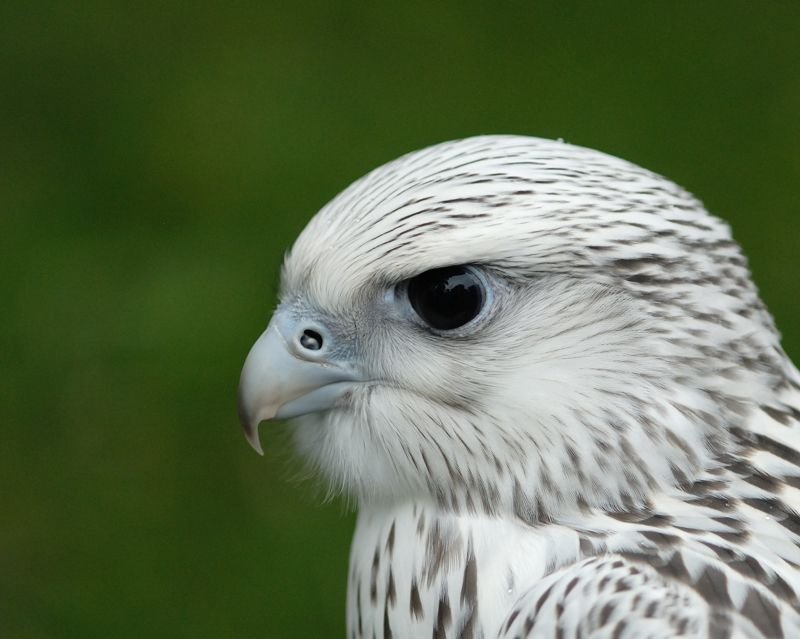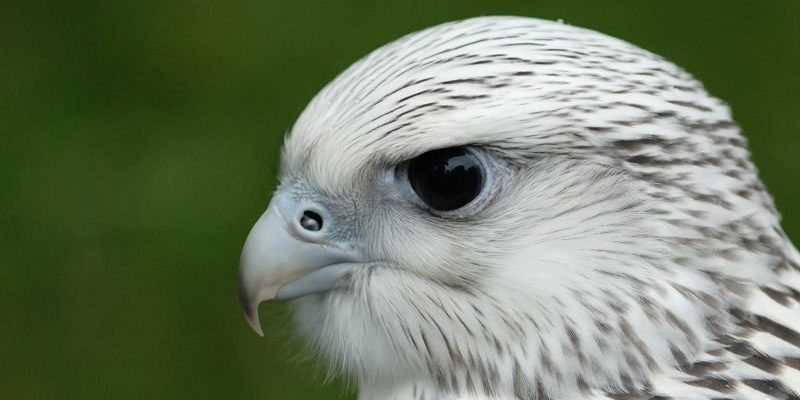
In this article, we’ll dive deep into the world of the gyrfalcon. We’ll explore its cognitive abilities, how it behaves in the wild, and what makes it stand out among other birds of prey. So, grab your favorite drink, and let’s get into it!
Understanding Gyrfalcons: The Basics
Gyrfalcons are the largest of the falcon species, and they can be found in the Arctic and sub-Arctic regions. With their stunning plumage—ranging from dark gray to white—they’re a sight to behold. These birds are not just visually impressive; they also possess remarkable abilities that allow them to thrive in harsh northern environments.
Now, you might be wondering, what makes them so special? For one, gyrfalcons are known for their incredible adaptability. They hunt a variety of prey, from small birds to Arctic hares, sometimes changing their hunting strategy based on what’s available. This flexibility speaks volumes about their problem-solving skills and cognitive abilities.
Another fascinating aspect is their social behavior. Gyrfalcons tend to be solitary in the wild, but they do engage in some interesting interactions during mating season. Their communication methods, including vocalizations and displays, show a level of social intelligence that is pretty impressive for a bird.
Cognitive Abilities of Gyrfalcons
So, what exactly does it mean to say that gyrfalcons are smart? Well, intelligence can be measured in various ways, and for these majestic birds, their brains are wired for survival.
Firstly, their hunting skills are a testament to their problem-solving capabilities. Gyrfalcons use a unique technique called the “stoop,” which is a rapid dive towards their prey. This requires not only physical agility but also exceptional spatial awareness and timing. They have to calculate the distance and speed of their prey while soaring at high altitudes—like an aerial mathematician!
Moreover, studies have shown that gyrfalcons can learn from experience. If a certain hunting method isn’t yielding results, they’re likely to try something new. Think of it as a bird version of trial and error. This indicates cognitive flexibility, which is a major marker of intelligence.
Lastly, their ability to remember specific locations and hunting grounds is vital for their survival. Gyrfalcons often return to the same hunting spots, demonstrating an understanding of their environment that speaks to their cognitive abilities.
Social Structure and Communication
While gyrfalcons are generally solitary, their social behavior during breeding season is quite intriguing. When it’s time to mate, these birds exhibit some clever communication tactics. The courtship rituals include aerial displays, where males perform elaborate flight patterns to impress females.
This display isn’t just for show; it also serves a practical purpose. It helps ensure that both partners are strong and healthy, which is crucial for raising successful offspring. Think of it like a job interview—birds presenting their skills to find the best mate!
Additionally, gyrfalcons use specific vocalizations to communicate. Their calls can convey various messages, from alerting others to danger to attracting potential mates. This complexity in communication hints at a level of social intelligence that many might not expect from birds.
Hunting Techniques and Problem Solving
Gyrfalcons are expert hunters, and their techniques are a marvelous blend of skill and intelligence. Typically, they hunt by sitting high on a perch, scanning the ground for movement. Once they spot potential prey, they observe and assess their options. This careful observation is a sign of their ability to plan and strategize.
When they decide to strike, they often use the element of surprise. This means they might position themselves to catch the prey off guard or choose a direct approach to minimize the chance of escape. Essentially, gyrfalcons are like chess players, always thinking two moves ahead.
Another fascinating aspect is their ability to adapt their hunting style based on the prey they’re targeting. For instance, when hunting smaller birds, they might employ a stealthier approach, while when going after larger mammals, they may use their powerful talons to exert force quickly. This kind of adaptability showcases their cognitive skills in a real-world setting.
Comparison with Other Birds of Prey
How do gyrfalcons stack up against other birds of prey? While many birds, like eagles and hawks, exhibit remarkable abilities, gyrfalcons stand out for their unique combination of hunting skills and adaptability.
For example, eagles are known for their powerful vision and strength, allowing them to hunt large prey from great distances. However, gyrfalcons have the agility and speed that enable them to catch smaller, quicker targets. Their adaptability to various environmental conditions gives them an edge when food sources fluctuate, showcasing their cleverness.
Hawks, on the other hand, tend to rely on their keen eyesight and ambush tactics. Although they are skilled hunters, gyrfalcons have the added advantage of a wider range of tactics, from high-speed dives to slow, calculated approaches. In essence, gyrfalcons blend the intelligence of strategy with the finesse of aerial acrobatics.
Behavior in the Wild: Life Cycle and Mating
Gyrfalcon behavior in the wild is not just about hunting; their life cycle and mating habits add layers to their intelligence. During the breeding season, which typically occurs in early spring, males and females engage in elaborate courtship displays.
After a successful mating, the female lays a clutch of eggs, which she incubates alone while the male provides food. This division of labor is a smart strategy, as it allows both parents to focus on their strengths—female on nurturing and male on hunting.
Once the chicks hatch, the parents work together to bring food back to the nest. The young gyrfalcons grow quickly, learning from their parents about hunting and survival. This nurturing behavior highlights the learning aspect of their intelligence, as the young birds observe and mimic their parents’ actions.
The bond formed during this time is essential for the survival of the young, showcasing not just intelligence but also strong parental instincts. Just imagine a family of gyrfalcons, working together, each playing a vital role in ensuring the next generation thrives.
Gyrfalcons are more than just beautiful birds; they embody a unique combination of intelligence, adaptability, and social behavior. Their cognitive abilities allow them to excel as hunters while also exhibiting a surprising level of social interaction.
From their remarkable hunting techniques to their nurturing behaviors, every aspect of their lives illustrates a smart, strategic approach to survival. As we learn more about these incredible birds, it becomes clear that there’s so much to appreciate about their intelligence.
So, the next time you see a gyrfalcon soaring through the sky, remember: there’s a clever mind at work in those powerful wings, navigating the complexities of life in the wild.

